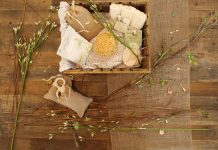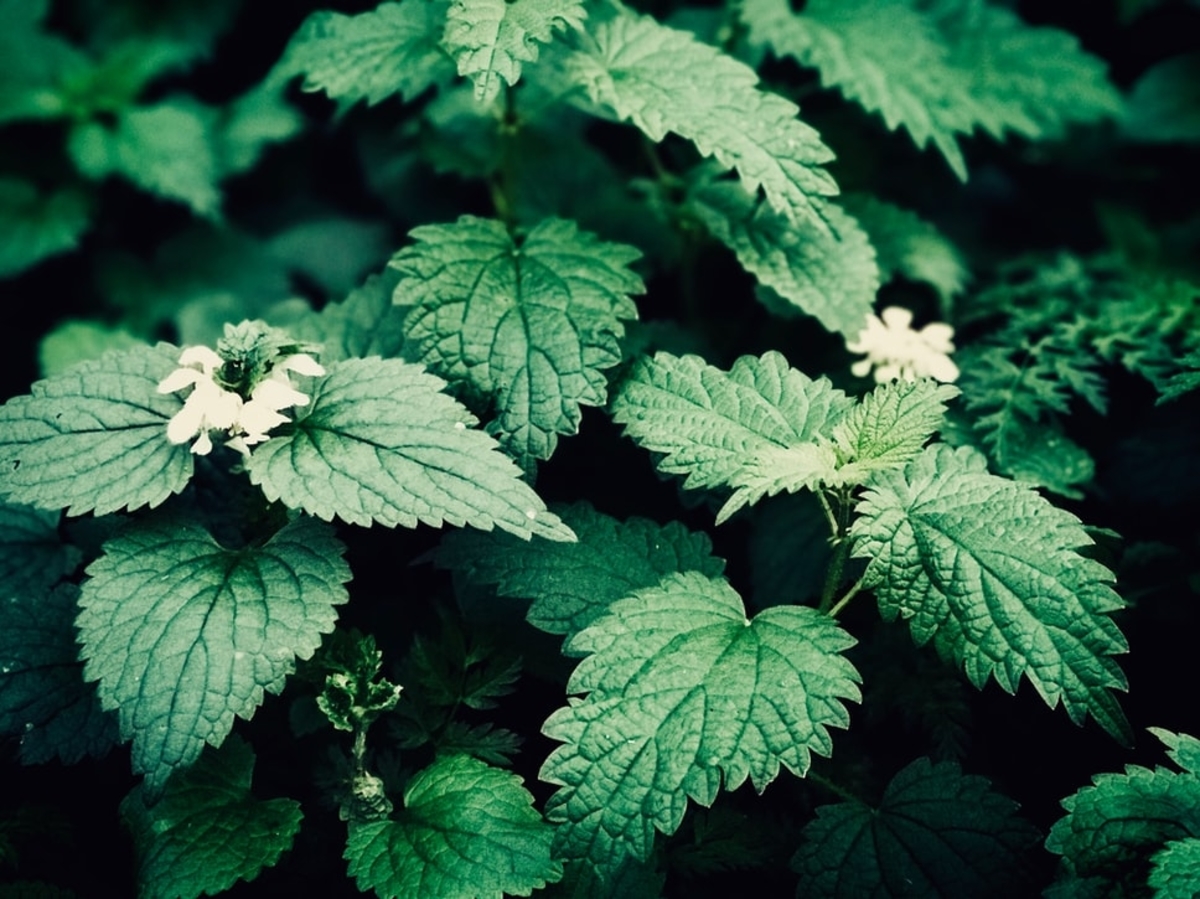Whether you are familiar with stinging nettle or not, you may have come across it unknowingly while tromping through the woods or weeding your backyard. That is, you came across it unknowingly until you touched it and your hand felt like it had been bitten by fire ants. Even though it looks like a weed and you may have cursed it if you ever touched it by accident, stinging nettle is actually quite useful. It has been used medicinally for centuries in both topical and internal preparations. So before you write it off as a hateful plant, here are some common uses for stinging nettle that might just change your mind.
The Lowdown on Stinging Nettle
Stinging nettle, also known as common nettle or nettle leaf, is a common plant that grows across the United States, Canada, and parts of Asia and Europe. It is commonly called stinging nettle because its leaves are covered in thin little needle-like hairs that contain a number of naturally-occurring chemicals that can irritate your skin and cause stinging, itching, and redness. However, several chemicals found in these hairs have pain-relieving and anti-inflammatory properties, which is why it is used so regularly for medicinal purposes. It is also packed full of nutrients. It is antimicrobial, full of antioxidants, and seems to ironically have pain-relieving properties.
Both the leaves and the root of the nettle plant provide a ton of nutrients, including vitamins A, C, and several B vitamins, calcium, iron, magnesium, potassium, amino acids, and beta-carotene, among others. Many of these nutrients act as antioxidants, which defend your cells against damage linked to aging, cancer, and other diseases.
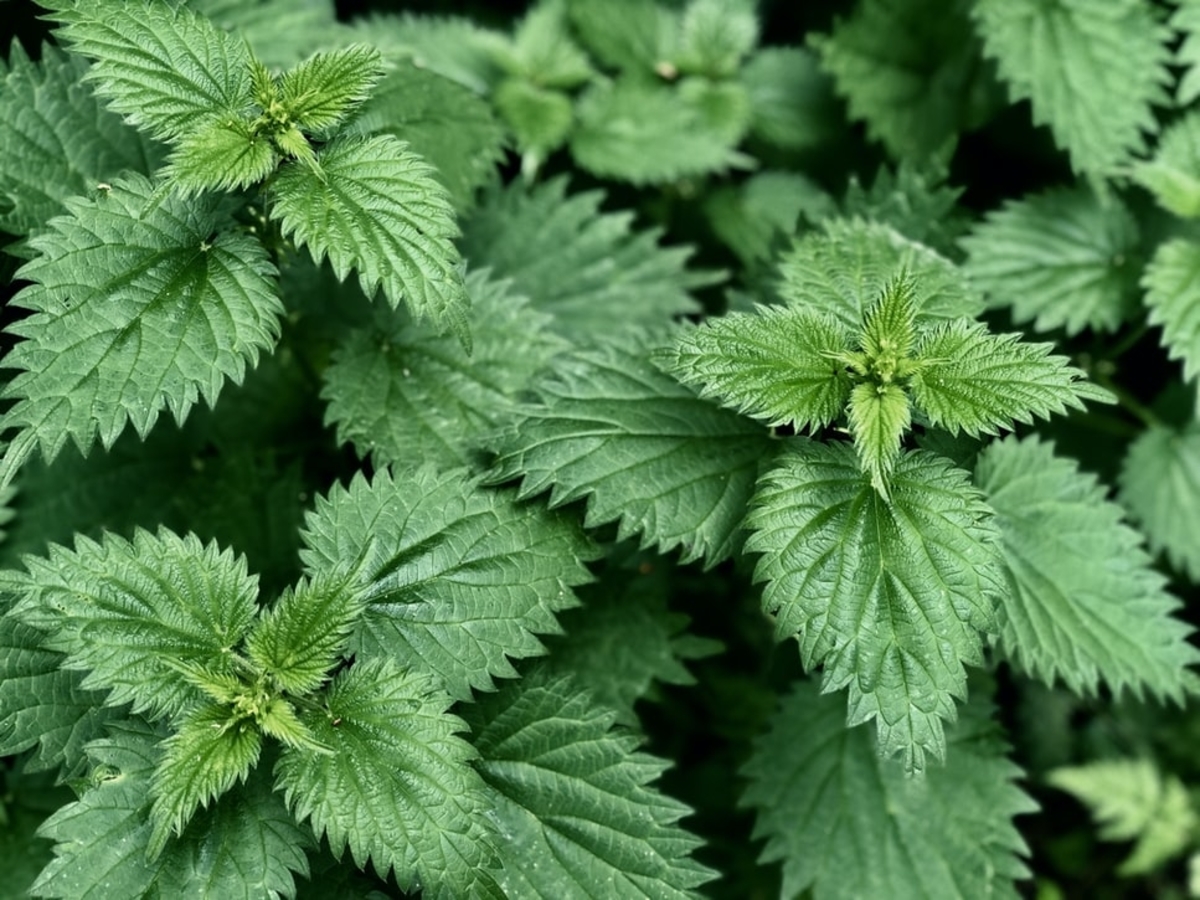
If you are looking to forage nettle or looking to avoid running into it on accident, there are a few things to be on the lookout for. Stinging nettle likes to grow in damp, nutrient-rich soil. It is a pretty hardy plant and can be found in all sorts of environments, so it can be found all across the United States. The plant blooms between June and September and grows between two and four feet high. Its leaves are heart-shaped with serrated edges and either yellow or pink flowers.
The plant is covered with thin stiff hairs, mostly on the underside of the leaves and the stem. Those little hairs are what release the chemicals that cause that hateful stinging feeling when you touch it.

If you are not confident in your ability to correctly identify stinging nettle in order to forage it yourself (which is very important when foraging for any plant!) or you do not want to tangle with those stingy hairs, you can buy products both in health stores and online that take care of the hard work for you such as dried nettle, nettle extract, teas, capsules, and creams.
It is important to note that although the plant is generally safe to use for medicinal purposes, like anything else, it can cause side effects like stomach problems, skin irritation, itchiness, or a rash. It is also important to consult your doctor before using any herbal remedy to be sure it does not interact with any medicine you may be taking.
Popular Stinging Nettle Uses
There are a number of ways stinging nettle has been traditionally used for centuries. Here are some of the most popular uses for this medicinal plant.
Treat Arthritis Pain

One of the most popular medicinal uses of nettle is for treating arthritis because of its pain-relieving and anti-inflammatory properties. When using stinging nettle for arthritis, you can either inject it in tea or capsule form or apply a cream containing stinging nettle to your sore and inflamed joints. Because it has anti-inflammatory properties, many people who do not have arthritis use stinging nettle for sore joints and muscles like the way many people now use CBD creams. It can be used to help ease the pain of sprains, strains, and tendonitis as well.
Relieve Seasonal Allergies
Stinging nettle is also popular for treating seasonal allergies. More research is needed on why exactly this remedy works, but it seems to be because the stinging nettle acts as a natural anti-histamine which stops your body from releasing chemicals that trigger allergy symptoms. It also seems to reduce allergy-related inflammation in the body.
Reduce Symptoms of Benign Prostatic Hyperplasia
Benign prostatic hyperplasia (BPH) is a noncancerous growth in the prostate gland in men. BPH causes the prostate gland to be enlarged and press against the urethra, which causes things like reduced urinary flow, incomplete emptying of the bladder, post urination dripping, and the constant urge to urinate. Stinging nettle is commonly used to treat these symptoms. It may also slow the growth of certain prostate cells. Research is unclear about why stinging nettle reduces the symptoms associated with BPH, but it may be because it contains chemicals that affect hormones like estrogen and testosterone.
Stinging nettle is also sometimes used to ease the symptoms of a urinary tract infection, which are similar to those associated with BPH. In both cases, people typically ingest nettle in a capsule or in a tea.
Relieve Skin Irritation
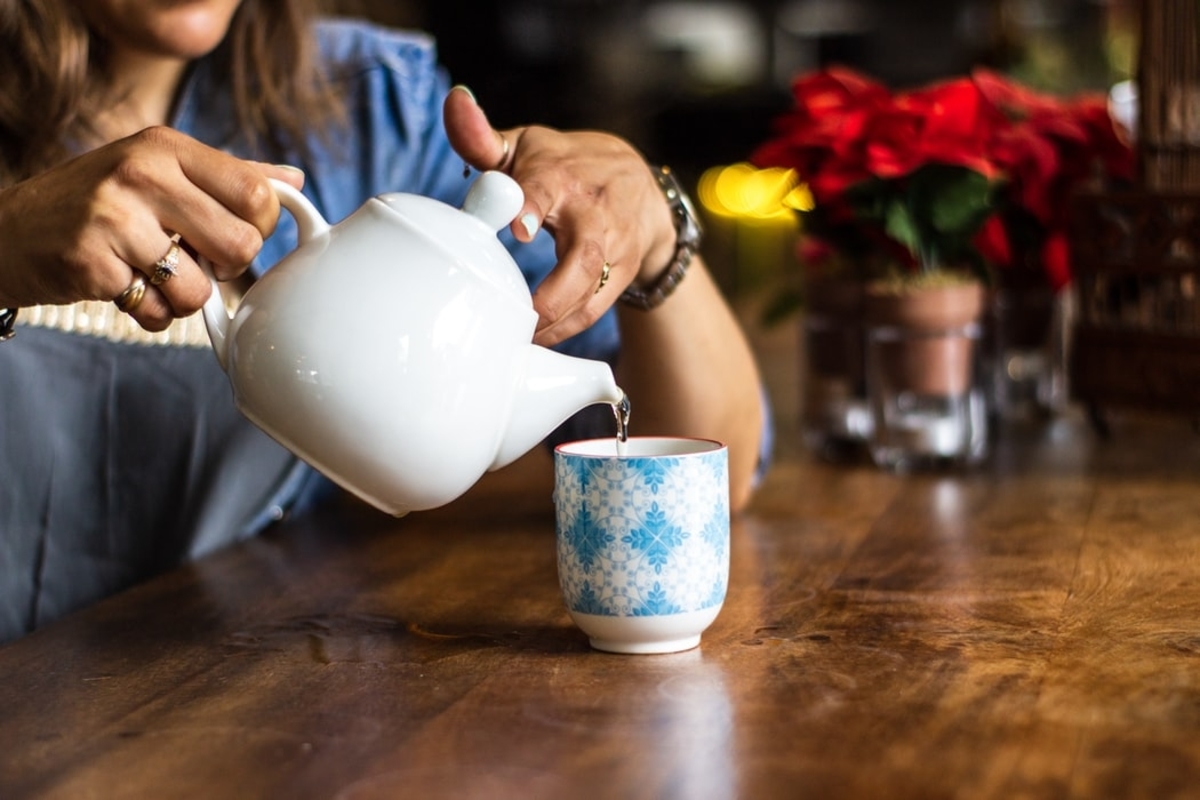
Somewhat ironically, stinging nettle is also used to treat skin problems like eczema or bug bites. Again, that is because the plant’s anti-inflammatory properties soothe the inflammation caused by eczema or the irritation from a bug bite. It can help ease these irritating symptoms by being applied to the skin in the form of a cream or ingested in a tea or capsule.
Stinging nettle is a lot more than just an irritating weed that makes you curse when you have an accidental run-in with it. This traditional medicinal plant has been used for ages. Although there is not enough research to scientifically back up all of the uses for stinging nettle, it continues to be used to relieve pain and inflammation because for many people it works wonders. If you have not tried to use stinging nettle to relieve those pesky allergy symptoms or to help ease joint and muscle pain, it is worth a try. Next time you run into stinging nettle, hopefully, you will be singing its praises instead of cursing its existence.
WANT TO READ MORE?
Check out this article on Alternative Medicine For Moms: How It Can Make All The Difference on Your Wellness Journey.
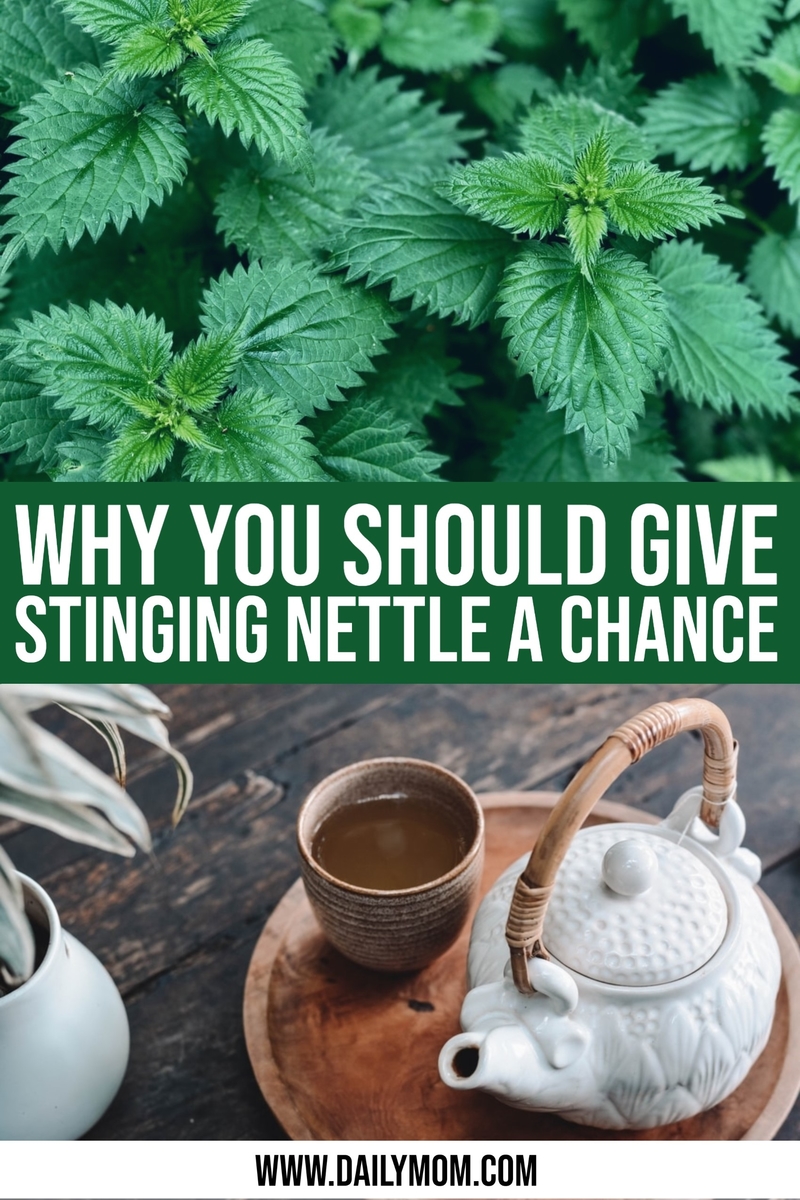
Sources: What are the Benefits and Uses of Stinging Nettle?, Stinging Nettle
Photo Credits: Unsplash.com













